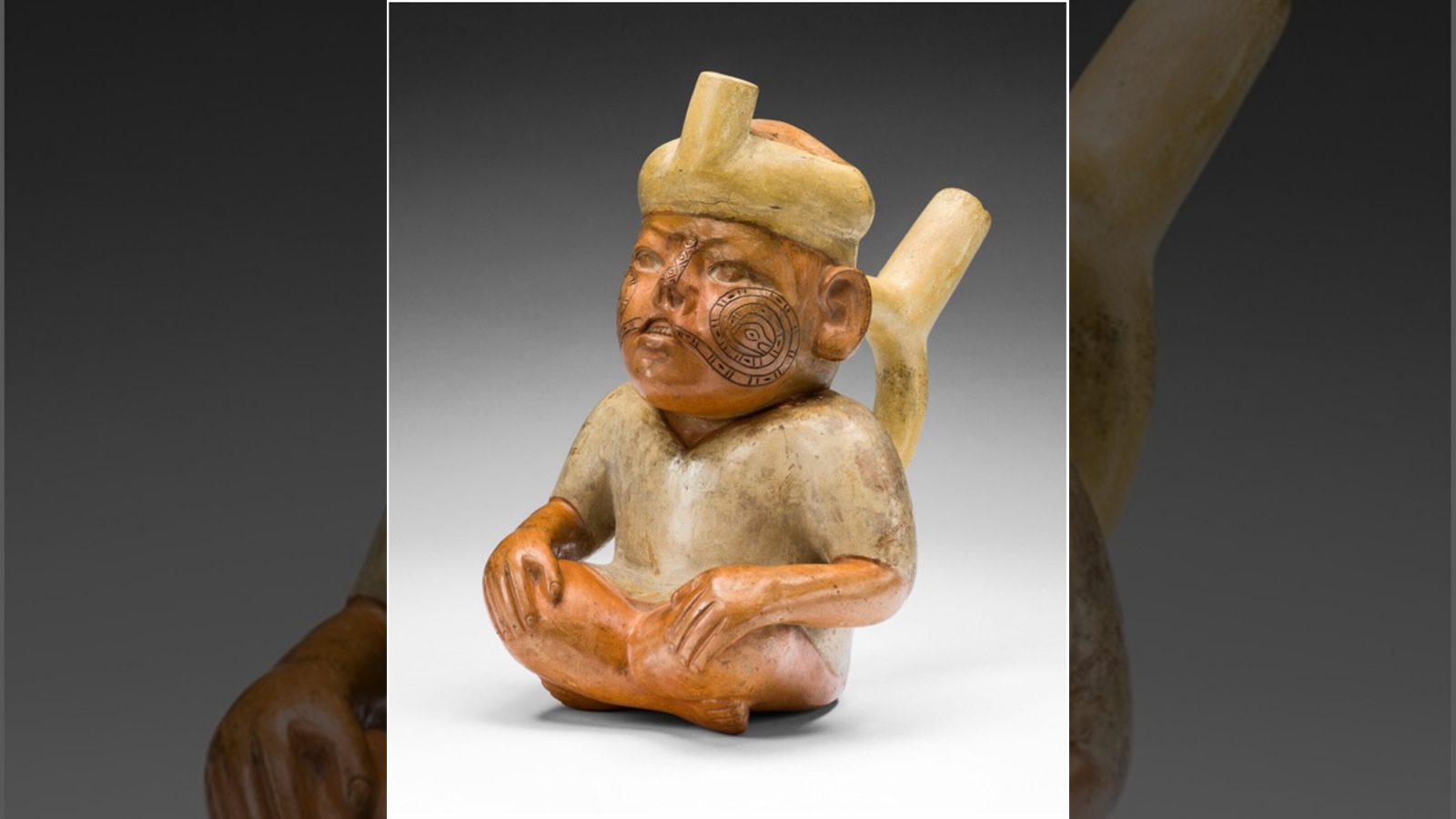Ancient Fish Story Revealed by Fossilized Tracks

The one that got away usually disappears without a trace.
Not this time. Wavy lines and squiggles etched into a slab of limestone found near Fossil Butte National Monument in Wyoming are prehistoric fish trails. They were made by the ancient fish Notogoneus osculus as it fed along a lake bottom — the first direct evidence for bottom feeding in this species — a new study suggests.
"This is a fish story, about the one that got away 50 million years ago," said paleontologist Anthony Martin of Emory University in Atlanta, Ga.
The study gives new insights into the behavior of the extinct N. osculus, and into the ancient ecology of Wyoming's former Fossil Lake. The trails provide a fleeting, but important, glimpse of life along Fossil Lake's bottom. Fossil Lake was part of a subtropical landscape in the early Eocene Epoch (56 million to 34 million years ago), and is now a sagebrush desert in southwestern Wyoming, located just outside Fossil Butte National Monument.
Fish trail fossils are extremely rare, probably because not many people look for them, Martin told LiveScience. However, this area is famous for its fossil fish, and the National Park Service identified a dozen fish tracings for Martin and his colleagues to study. One fish trace fossil contained apparent fin impressions made up of two wavy lines, along with oval-shaped squiggles.
Trail fossils are created when fish fins slice into the lake bottom and fine-grain sediment settles on top and preserves the trace, Martin said. In the case of N. osculus, the mouth was also scraping the lake bottom.
"The oval impressions stayed roughly in the center of the wavy lines and slightly overlapped one another. I realized that these marks were probably made by the mouth, as the fish fed along the bottom," Martin said.
Get the world’s most fascinating discoveries delivered straight to your inbox.
The research team determined the trace was made from N. osculus because it was the only species found in the same rock layer with fossils showing a mouth that pointed downward. A mathematical analysis verified the markings as belonging to this ancient fish, which measured about 18 inches (45 centimeters) in length.
The scientists were also able to use the complicated trace patterns to calculate how the fish was moving, and the pitch (up-and-down movement) and yaw (side-to-side) of its swimming motion.
"The trace fossil lines look simple, but they're not so simple," Martin said.
- 10 Amazing Things You Didn't Know About Animals
- Gallery: Freaky Fish
- 10 Species Success Stories



